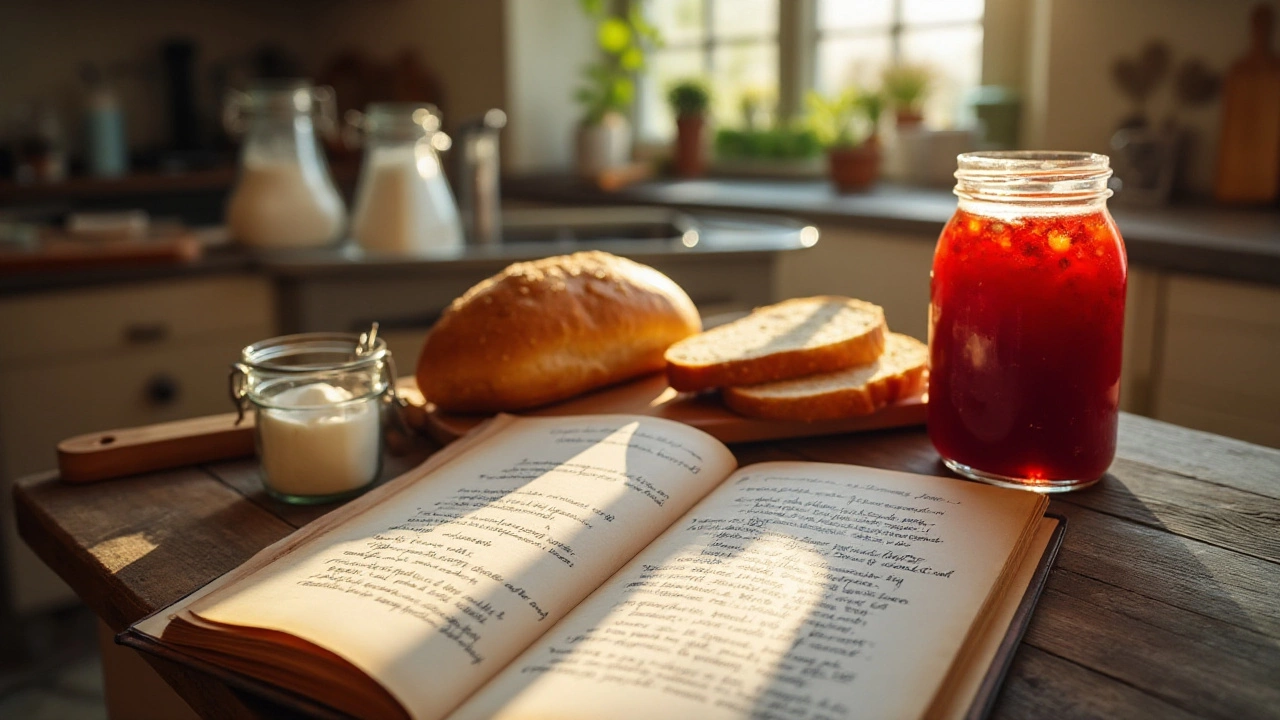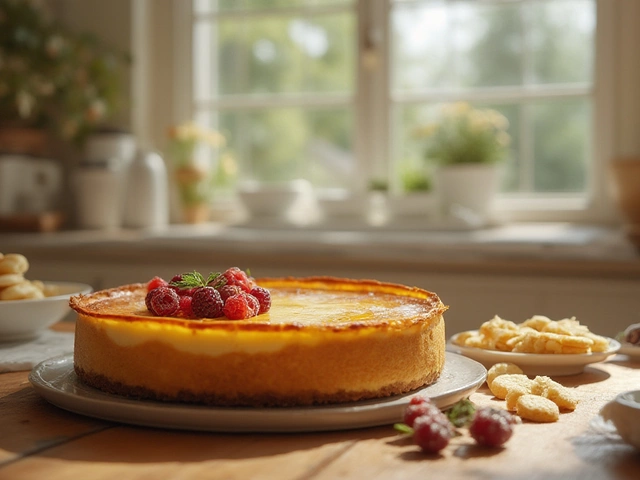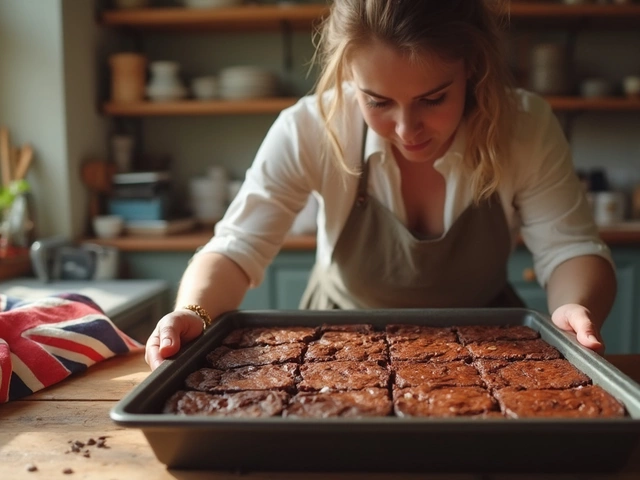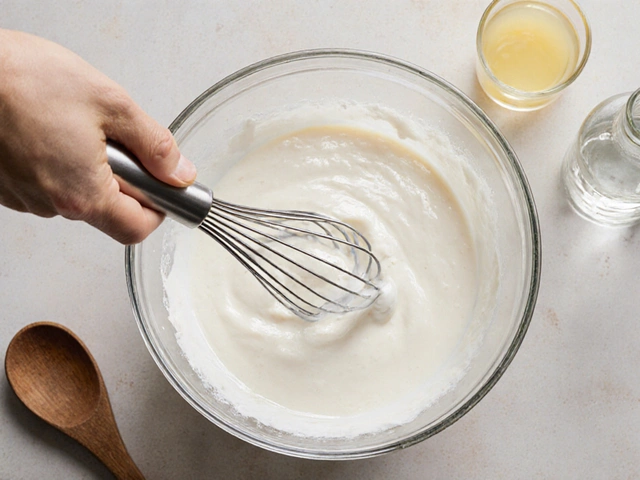Jam Ingredients: What You Need for Perfect Homemade Jam
Making jam at home feels like a small kitchen adventure. The good news? You only need a handful of ingredients, and they’re usually already in your pantry or can be grabbed at the local market. Below we break down the basics, so you can skip the guesswork and jump straight to spoon‑fuls of deliciousness.
Core Ingredients: Fruit, Sugar, and Acid
The star of every jam is the fruit. Pick ripe, flavorful pieces—berries, stone fruits, apples, you name it. Fresh fruit gives the best texture and bright taste, but frozen works fine if you’re out of season. Roughly 2‑3 cups of chopped fruit per batch is a solid starting point.
Sugar does more than sweeten; it pulls water out of the fruit, helps it set, and preserves the jam. Most recipes call for a 1:1 ratio of fruit to granulated sugar, but you can tweak it down to ¾ cup sugar per cup of fruit if you like a tangier jam. Keep an eye on the pot—sugar dissolves quickly, and you don’t want it to burn.
Acid is the third pillar. A splash of lemon juice (about 1‑2 tablespoons per batch) balances the sweetness and activates the natural pectin in fruit. If you’re using low‑acid fruits like strawberries, add a bit more lemon or a dash of vinegar to keep the set firm.
Optional Boosters: Pectin, Spices & Flavor Mix‑ins
Commercial pectin is a handy shortcut when you’re short on time or using fruit low in natural pectin. Follow the package directions—usually a tablespoon or two per 4‑cup batch. If you prefer a more natural route, combine high‑pectin fruits (apples, quinces) with your main fruit, or add a teaspoon of powdered pectin.
Spices and herbs can turn a simple jam into a show‑stopper. A pinch of cinnamon, a few cloves, or fresh ginger slices add warmth. For a fresh twist, stir in chopped mint, basil, or even a splash of vanilla extract after the jam cools. These extras don’t affect the set, so feel free to experiment.
When you’ve gathered everything, the cooking process is straightforward. Toss fruit, sugar, and lemon juice into a heavy‑bottomed pot, bring to a boil, then let it simmer. Skim off any foam that rises—this keeps the jam clear. Test the set by dropping a small spoonful onto a chilled plate; if it wrinkles when you push it with your finger, you’re good to go.
Once the jam reaches the right thickness, remove it from heat and stir in any pectin, spices, or herbs you saved for the end. Transfer the hot jam into sterilized jars, seal them, and let them cool upside‑down for a tight seal. Store in a cool, dark place for up to a year, or pop a jar in the fridge for immediate use.
And there you have it—just fruit, sugar, acid, and a few optional boosters, turned into a jar of pure, spreadable joy. Next time you see “jam ingredients” on a recipe, you’ll know exactly what to reach for and how to tweak it to match your taste. Happy jam‑making!






